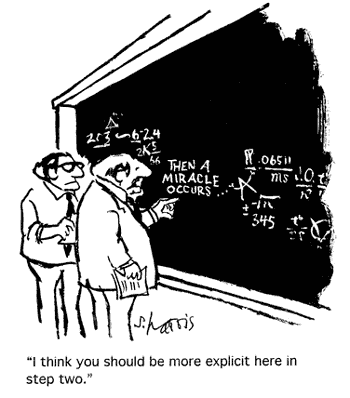If you are an unpublished author, it's easy to feel left out as one metaphorical old coot after another runs into town crying, "There's gold in them eBooks! Saddle up your back list and go West!"
So I appreciate Bob Mayer's reasonable attempt to counter-balance the electronic self-publishing frenzy. He recently answered the question, "If I were an unpublished author, would I self-publish?" on his blog, Write it Forward.
"I’ve thought a long time about this, putting myself in that position, but using my 20 years of experience in traditional publishing and 2 years in indie publishing and having been successful in both.Back in the dark ages of floppy drives and modems, the old shareware game formula was that you'd give one volume away free to entice users to purchase the other two. Three volumes was the magic number because it created a sufficiently large conceptual footprint (i.e., you were paying for twice as much as you received for free when you bought the game).
"My answer: No. I wouldn’t self-publish my first manuscript. I’d be querying the traditional publishing route (primarily agents) while focusing on writing my second manuscript. Then when I finished that, would I self-publish if I hadn’t gotten an agent?
"No. I’d still keep querying, getting feedback from beta readers, and be writing my third manuscript. Also, I’d have the three books be part of a series in terms of theme and content. Same characters, setting, whatever, but they should essentially be the same genre. When I finished that third book would I self-publish?
"Yes. If I had gotten positive feedback from agents (but no sale) and beta readers and made the corrections. I’d put all three titles up. Then spend 50% of my time promoting while writing my fourth book."
I note with some fascination that three volumes is the minimum footprint Bob recommends in the new world of self-publishing. The twist here is that the new Internet formula is about instant gratification. Think about it: if a web search turns up something cool, don't you expect to see all the associated cool things at the same time? The problem with self-publishing your first book is that there will be nothing else for your new fans to find. With so many other things clamoring for people's attention, how likely is it that they will wait patiently during the year it takes you to produce your second book?
Like most other "overnight successes," you'll probably "suddenly" make your fortune in eBooks only after you've put in the patient work to build a large-enough footprint.
Image: Photography by BJWOK / FreeDigitalPhotos.net






